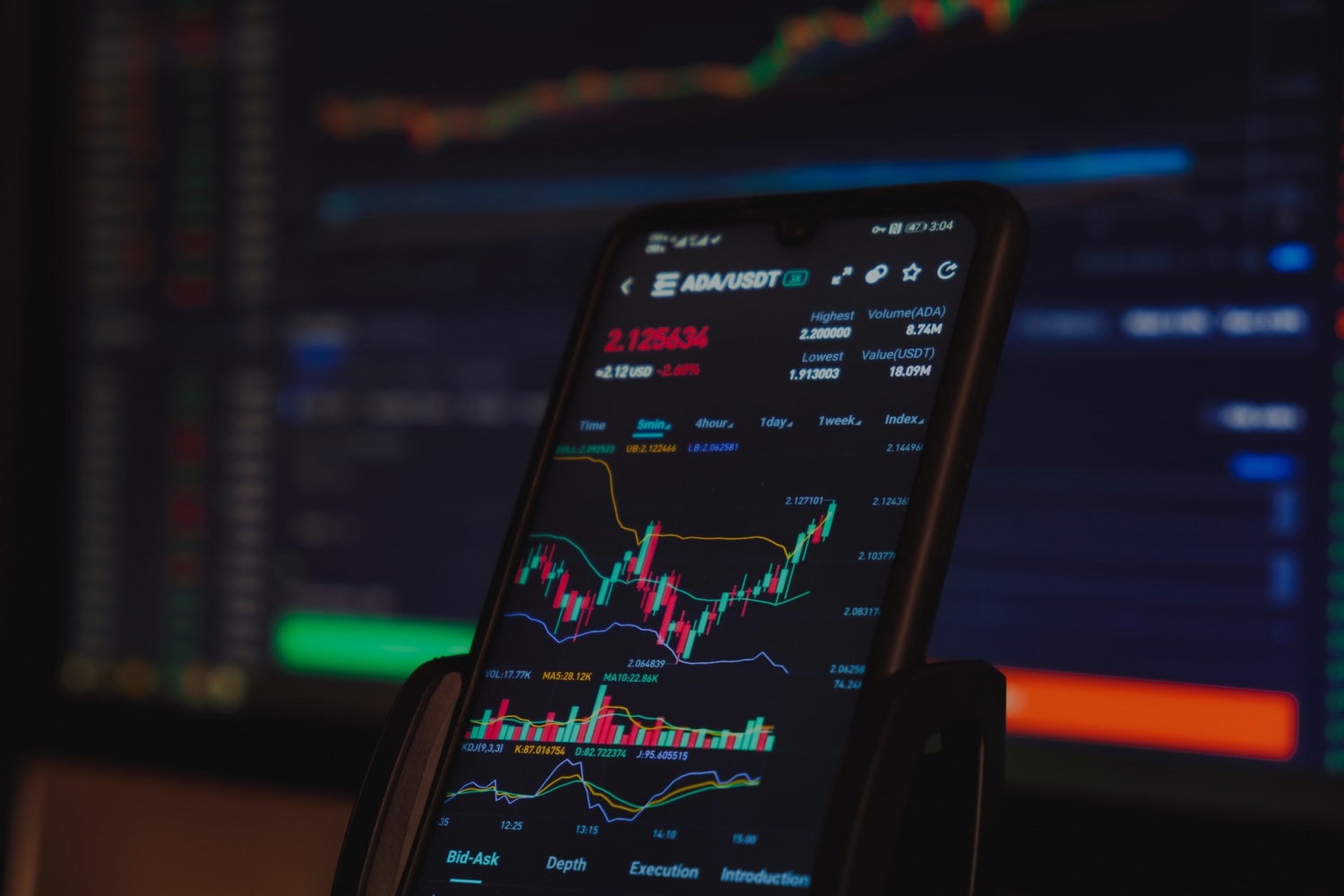
The rapid devaluation of TerraUSD and its sibling currency Luna earlier this month sparked a heated debate regarding stablecoins' true reliability. But for most of the lay public - the first question was "What are stablecoins?" In a nutshell, Stablecoins are digital assets whose value is linked to the value of another money, commodity, or financial instrument. Stablecoins were designed to be an alternative to the volatility of the most popular cryptocurrencies, such as Bitcoin (BTC), providing a more 'stable' investment opportunity.
There are three types of stablecoins based on the mechanism used to stabilize their value. Fiat-collateralized stablecoins keep a reserve of a fiat currency (or currencies) as collateral, such as the US dollar, to ensure the stablecoin's value. Precious metals like gold and silver, as well as commodities like crude oil, can be used as collateral, however most fiat-collateralized stablecoins back themselves with reserves of US dollars.
The second type are stablecoins that are crypto-collateralized, meaning they are backed by other cryptocurrencies. Because the reserve cryptocurrency may itself be volatile, such stablecoins are over-collateralized, meaning that the value of the cryptocurrency held in reserves exceeds the value of the stablecoins produced.
Finally, some stablecoins rely on complex algorithms to maintain their peg to the US dollar. The technique of keeping the stablecoin's value stable by restricting its supply through an algorithm, which is effectively a computer software running a predefined calculation, is the main difference. This is essentially a modern form of monetary policy, and not dissimilar to the steps taken by many central banks or governments around the world.
One of these algorithmic stablecoins is TerraUSD, which has recently been in the news. To keep the same value as the US dollar, it employs a complex see-sawing process with a companion coin named Terra Luna (also known as just Luna). While one TerraUSD should always be worth exactly $1, the value of Luna can fluctuate. Luna is essentially used as ballast by TerraUSD to maintain its dollar peg.
TerraUSD became popular amongst users because of its utilization of the Anchor Protocol, a DeFi protocol that allows users to enjoy a stablecoin-based interest rate. It functioned similarly to a savings account for TerraUSD but paid a 20% interest rate (well above the typical interest rates paid by legacy banks). However, in March 2022, Anchor passed a resolution to replace the fixed 20% interest rate with a variable rate. Large sums of TerraUSD were subsequently removed from Anchor, causing traders to become concerned and sell their TerraUSD and Luna tokens; just like in legacy equity markets, this sell-off became self-sustaining as other investors looked at the dropping price and decided to cash out, causing the price to plummet in a comparatively short period of time.
This recent piece of news prompted decision-makers across the globe to ask themselves how stable are stablecoins really, and if regulation is necessary, noting how quickly a price drop could impact investors. This is a valid discussion; however, no decision must be made in haste. First, it's important to recognize that the situation with TerraUSD & Luna was not a result of something uniquely inherent to stablecoins or cryptocurrency in general: fundamentally, it was a sell-off created by a business decision which the market reacted negatively towards, as happens in legacy equity markets across the world in every single day of trading.
There are those who argue that stablecoin assets could come under one of several distinct legal regulatory regimes, depending on its precise design elements. The logic behind such a consideration is that a stablecoin's payment and customer interface functions are sometimes somewhat comparable to those of a traditional payment system, scheme, or instrument. Therefore, the entities in charge of performing certain responsibilities may be subject to oversight in the same way that a legacy financial institution, such as your neighborhood bank, would be. The regulatory idea here concerns information - specifically standardized reporting and disclosure standards. To minimize confidence shocks, stablecoin users should be informed that losses could occur and that they will not be covered by traditional safety nets such as deposit guarantee schemes and central banks' lender of last resort functions. Those running the assets themselves would of course be required to practice fiduciary risk management and awareness, just like the money managers at any brick & mortar institution.
Realistically, no one can make the argument that stablecoins, or other blockchain-based digital financial assets should not fall under any kind of regulation whatsoever; the price to pay for wider adoption & convenience (and the increased value that it would bring to investors & holders) is that, as these digital assets will take their rightful place in the wider market, they will become subject to some of the same controls that legacy financial assets have been subject to for decades. The ultra-libertarian fantasies about cryptocurrency surrounding some investors & utilizers will be just that - fantasies. However, done intelligently & with the participation of the industry, regulation will not kill the unique aspects of DeFi that make it so attractive in the first place.
* This is a contributed article and this content does not necessarily represent the views of techtimes.com








